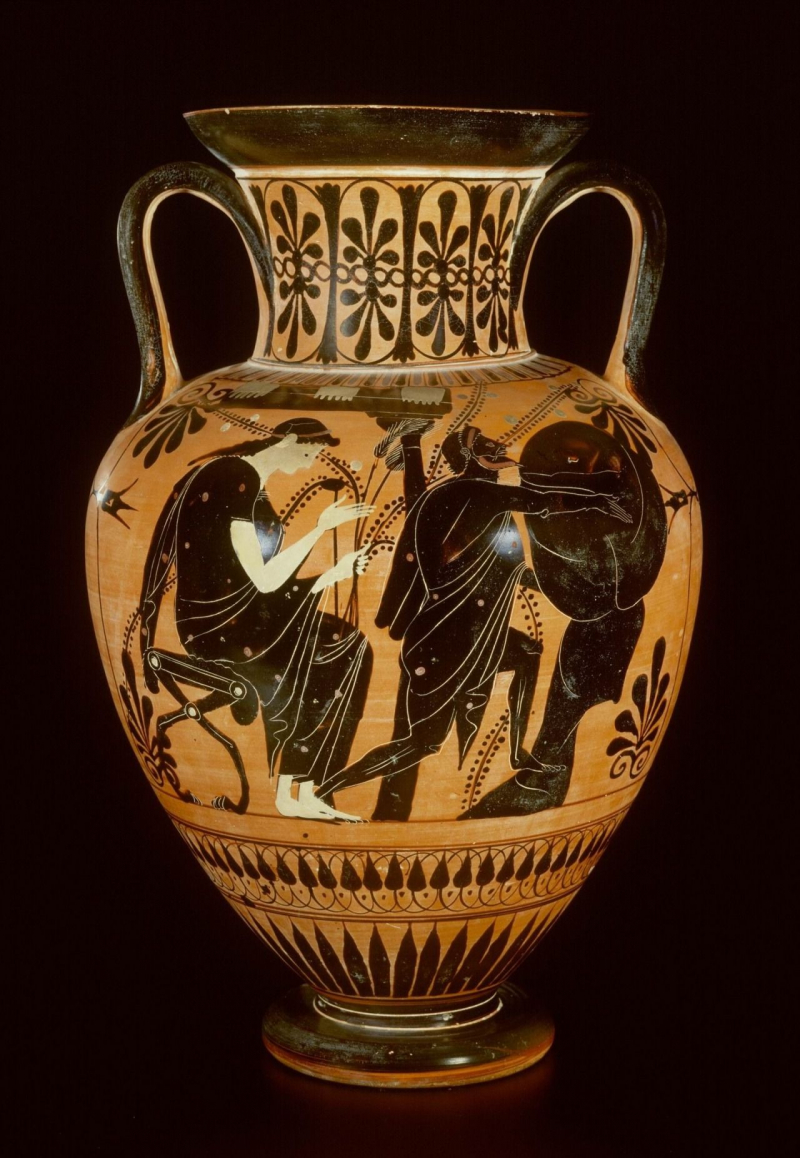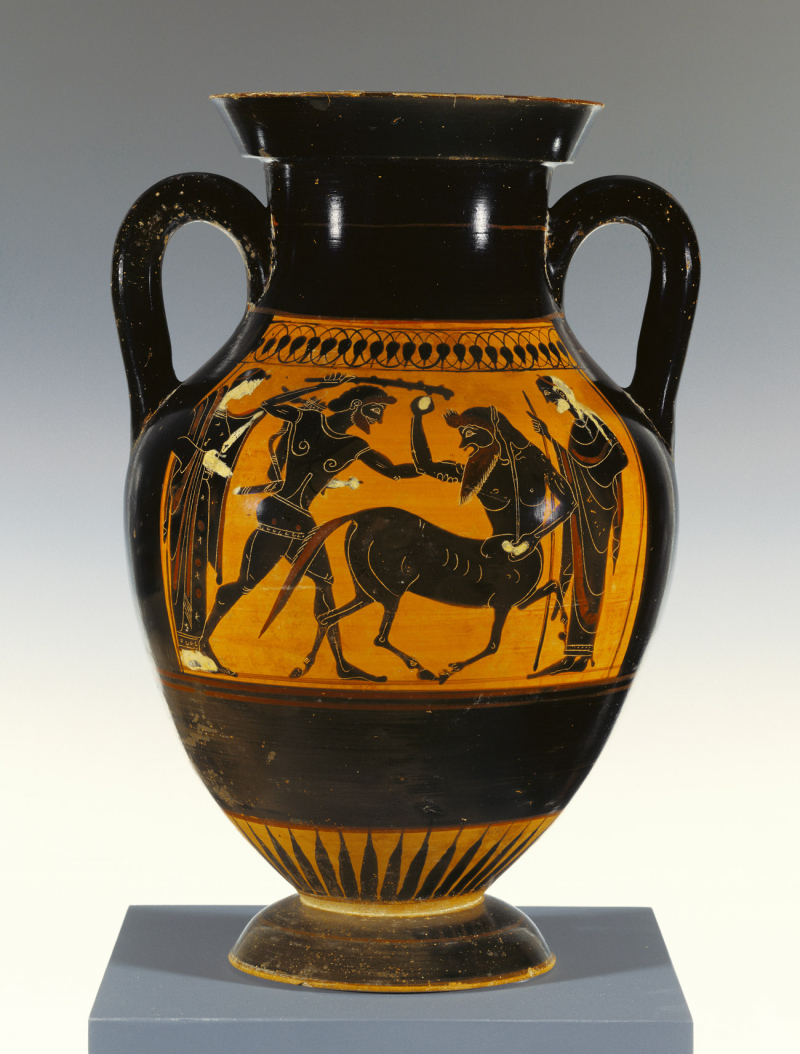A Divine Love of Color
Greek statues and spectacular constructions like the Parthenon, the Temple of Zeus, and many other Greek temples were portrayed as being devoid of color, which led to the misperception about the Greeks and color. Marble was a favorite of the Ancient Greeks, who frequently used it as their first choice of building material. Pentelic marble was used in the construction of iconic structures like the Parthenon, which is still standing today. The majority of temples and statues would be made of a combination of wood, carved masonry, native stone, tufa, marble, and limestone.
For decades, our understanding of the colors used in Greek statues and architecture was erroneous. We thought that everything the Greeks built, most of which was made of pure white marble, was an architectural and design masterpiece. Despite popular belief, the Ancient Greeks did not dislike color. This dispels a common misconception. Not only were their statues painted, but their structures also contained splashes of color, such as the Parthenon and other temples. The colors weren't flat either.
The vivid hues that the Ancient Greeks favored most were purple, crimson, yellow, and white. It's crucial to remember that their classifications of these colors were different from those we use now. Red, for instance, may have been anything from orange to purple to the Ancient Greeks. Our knowledge of the Greeks' connection with color was mostly based on old structures and statues whose paint had worn off after being buried or hidden for many years.












